There’s a lot of debate about STEM verses STEAM. In conversations I’ve had with educators, they wonder which is more relevant and how they should approach the arts portion. The birth of the term “STEM” comes from an ideology to incorporate hands-on and real-world lessons on Science, Technology, Engineering, and Math to make these complex subjects easier to grasp.
STEM verses STEAM
The four topics work nicely together. For one, math is the language for science, technology, and engineering. Additionally, scientists and engineers use technology to execute experiments and design devices. And the needs of scientists promote engineering (e.g. scientists want to learn about Mars, so engineers make a rover to travel there). STEM is a four-piece puzzle that comes together in a perfect fit, so where does the A go?
STEAM was not born out of the same idea that arts needed to be more hands-on (can you think of anything more hands on-than creating art?). The idea is that we should incorporate the arts into STEM topics to make them more tangible for students and to make the learning more well-rounded. For example, there is a deep history in the creation of the pyramids. Similarly, we can talk about the pyramids from a STEM standpoint (e.g. the engineering feats and the geometrical shapes). This together is an incorporation of STEAM: looking at the historical aspect within the context of the STEM achievements.

Consider another example – the golden spiral. The golden spiral is a logarithmic spiral whose growth factor is determined by the golden ratio. What does all that mean? Basically, it’s a special spiral shape that exists within the confines of a determined math problem. And what’s truly incredible about it is that this spiral exists naturally and in art all over the world. A great STEAM activity would be to find the golden spiral within pieces of art or on a nature scavenger hunt.
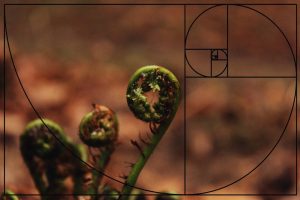
My point with these examples is that incorporating the arts is not a standalone part of STEAM. Doing any art activity is not an example of doing a STEAM activity. STEAM is the combination of the arts – history, drawings, literature, you name it! – in the context of STEM topic areas. You’re probably already doing STEAM and don’t even realize it! Here are my favorite ways to incorporate STEAM in the classroom.
 Makerspace
Makerspace
A makerspace is any space that promotes creativity and engineering. Students are encouraged to build, tinker, experiment, and design within this space focused more on facilitation and not strict guidelines. This makes it a space that is welcoming of the arts in every way. Ask students to reconstruct a famous bridge and test the load it can hold. Tell them to design jewelry with a 3D printer. Encourage them to laser cut coasters to use at home. The possibilities to incorporate art are endless here!
Color
Inherently, anything to do with color is based in STEM. Isaac Newton nearly blinded himself obsessing over the creation of the visible light spectrum through a prism. You don’t need to go that far, but there are many great optics experiments that result in rainbows. Try making gelatin lenses to see how light bends through different medium (cooking is an art, right?). You can also use diffraction grating to split light into its different wavelengths to make your own rainbow. Have students follow up the activity by drawing the spectra they observe.
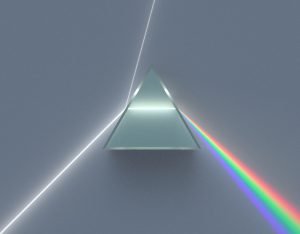
Circuits
Electricity is one topic area in science that gets taught frequently throughout a student’s career. There are a lot of fun and affordable kits available to make circuitry more tangible. Students can make their own paper circuit greeting cards using conductive tape. Additionally, you can create your own sculpture with conductive dough that illuminates LEDs. More into sewing? Try using conductive thread to make your own ugly Christmas sweater that lights up.
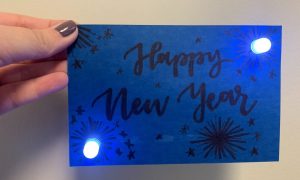
Check out my instructions for this paper circuit greeting card here.
If you’re used to doing STEM and are now being asked to do STEAM, don’t panic! By tweaking your lessons slightly, you can easily incorporate the arts to make STEM more hands-on for students, especially those with an affinity for art! Need more STEAM ideas? Check out more easy-to-implement STEAM kits here.

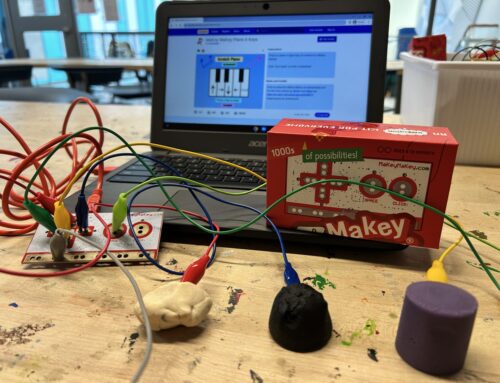
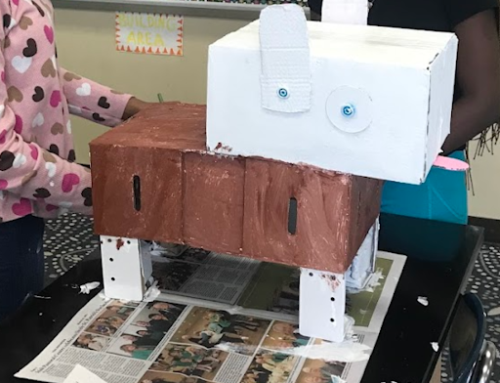


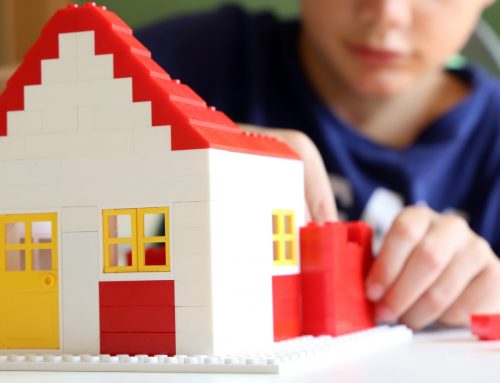

Leave A Comment